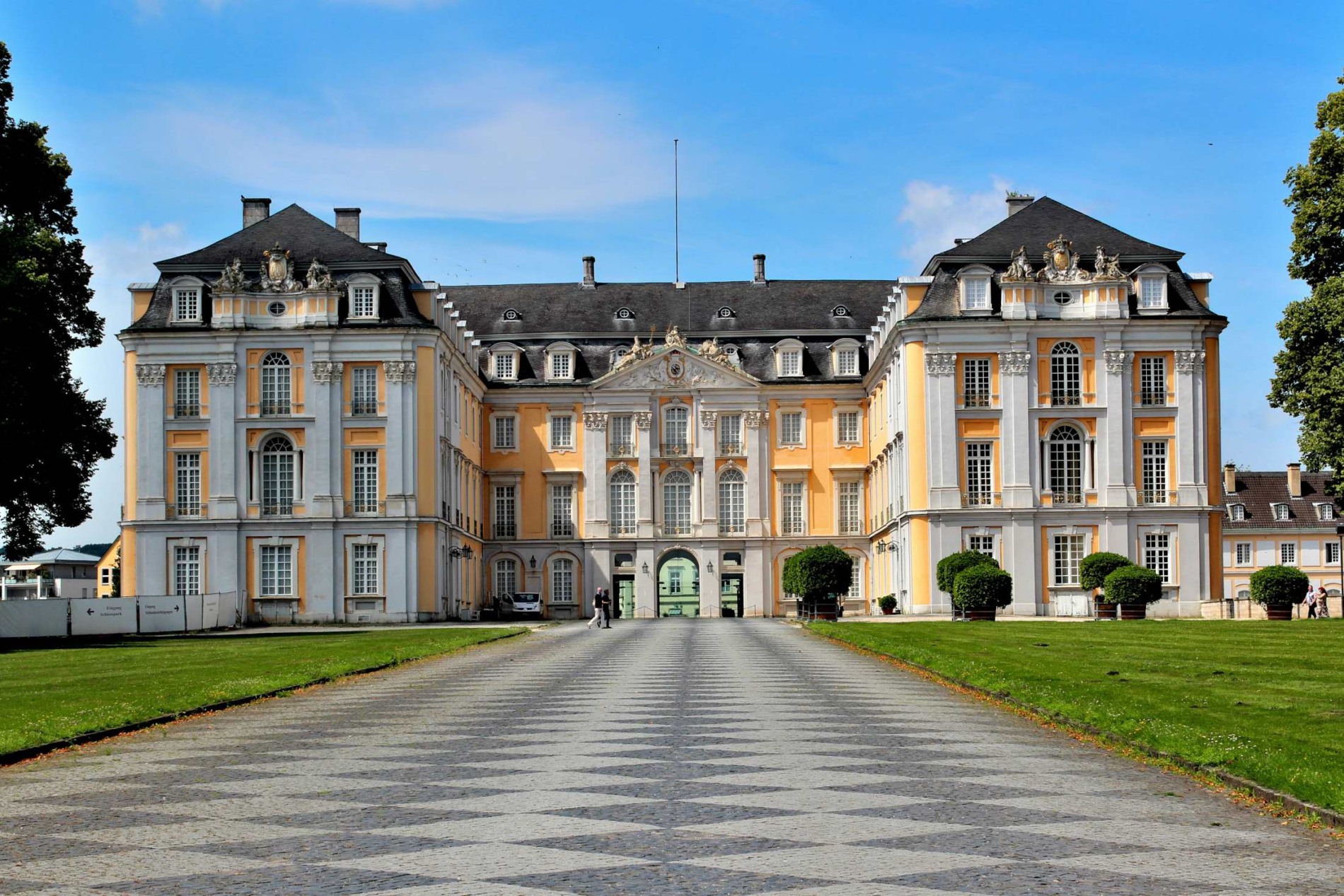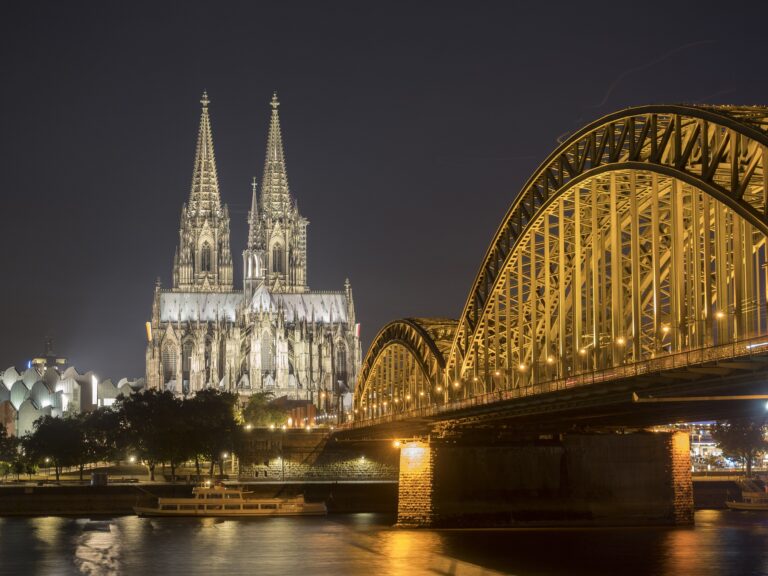Castles of Augustusburg and Falkenlust, located in Brühl, Germany, are two architectural gems that have stood the test of time. Built in the 18th century, these magnificent castles are prime examples of Rococo and Baroque styles, showcasing the grandeur and opulence of the era. In 1984, the castles were designated as a UNESCO World Heritage site, recognizing their historical and cultural significance. This essay delves into the detailed exploration of these castles, shedding light on their rich history, architectural features, and the cultural value they hold.
Historical Background
The construction of the Augustusburg and Falkenlust castles was commissioned by the Archbishop-Elector Clemens August of Cologne during the 18th century. The primary purpose behind their construction was to serve as a hunting lodge and a place of entertainment for the archbishop and his esteemed guests. The project began in 1725 under the guidance of renowned architect Johann Conrad Schlaun and continued for several years until its completion in 1768.
Architectural Features
Augustusburg Castle
Augustusburg Castle is the larger of the two castles and serves as the main residence. It embodies the Rococo style, characterized by intricate ornamentation, curvilinear forms, and delicate details. The castle’s façade is adorned with elaborate sculptures and decorative elements, showcasing the craftsmanship of the time. The interior features opulent rooms, including the Great Staircase, the Marble Hall, and the White Room, all exuding a sense of grandeur and luxury.
Falkenlust Castle
Falkenlust Castle, situated adjacent to Augustusburg, was primarily used as a hunting lodge. Unlike Augustusburg, Falkenlust showcases the Baroque architectural style, characterized by grand symmetrical designs, ornate decorations, and monumental layouts. The castle’s exterior boasts a splendid garden and a beautifully landscaped park, providing a serene setting for leisurely strolls.
Cultural Significance
The Castles of Augustusburg and Falkenlust hold immense cultural value, representing the lifestyle and artistic achievements of the 18th-century aristocracy. They serve as a testament to the wealth and influence of the Cologne archbishops, offering insights into their lavish lifestyles and their patronage of the arts. The castles’ interiors feature an impressive collection of artwork, including paintings, sculptures, and furniture, which provide a glimpse into the artistic tastes and trends of the time.
UNESCO World Heritage Designation: In 1984, the Castles of Augustusburg and Falkenlust were collectively recognized as a UNESCO World Heritage site. The designation was granted due to their exceptional architectural and artistic value, as well as their historical significance. The castles embody the harmonious integration of architecture, landscape, and decorative arts, creating a unique and cohesive ensemble that has been well-preserved over the centuries.
Visitor Experience: Today, the Castles of Augustusburg and Falkenlust are open to the public, allowing visitors to step back in time and immerse themselves in the opulence of the 18th century. Guided tours take visitors through the lavishly decorated rooms, providing insight into the architecture, history, and cultural significance of the castles. The surrounding gardens and parklands offer a picturesque setting for visitors to explore and enjoy the serene ambiance.
Conclusion: The Castles of Augustusburg and Falkenlust at Brühl are not only architectural marvels but also serve as a testament to the rich cultural heritage of the 18th century. Their exquisite design, lavish interiors, and well-preserved state make them an invaluable historical and cultural treasure. Recognized as a UNESCO World Heritage site, these castles continue to captivate visitors, transporting them to a bygone era of splendor and magnificence.


